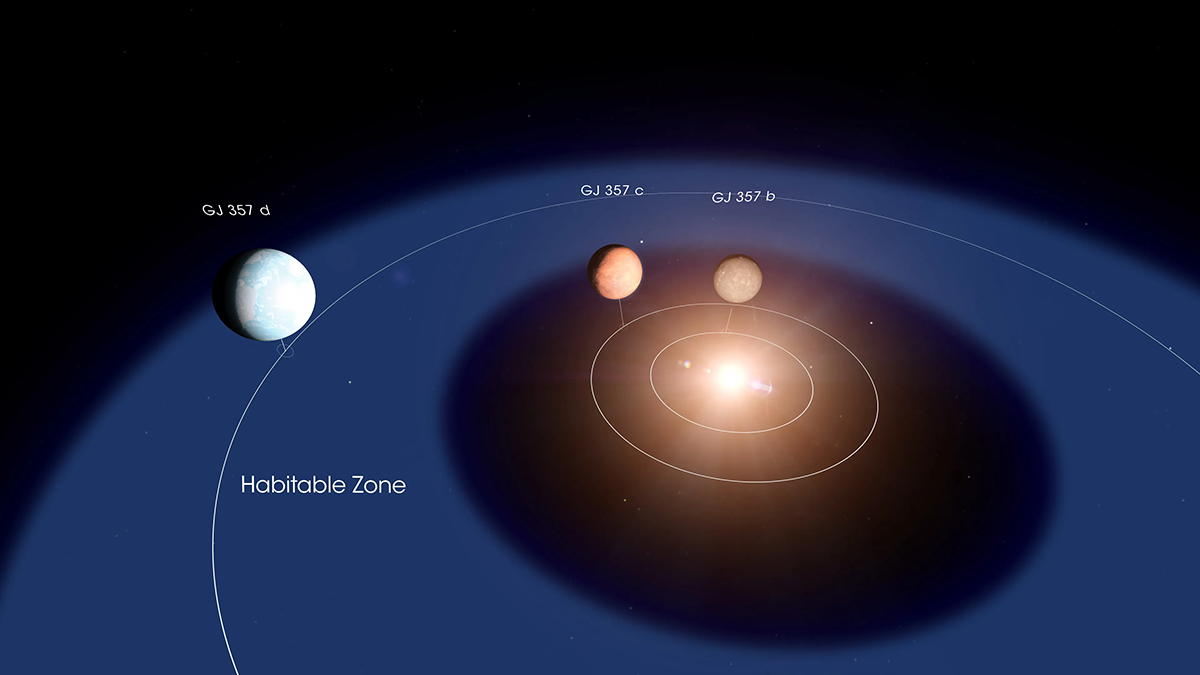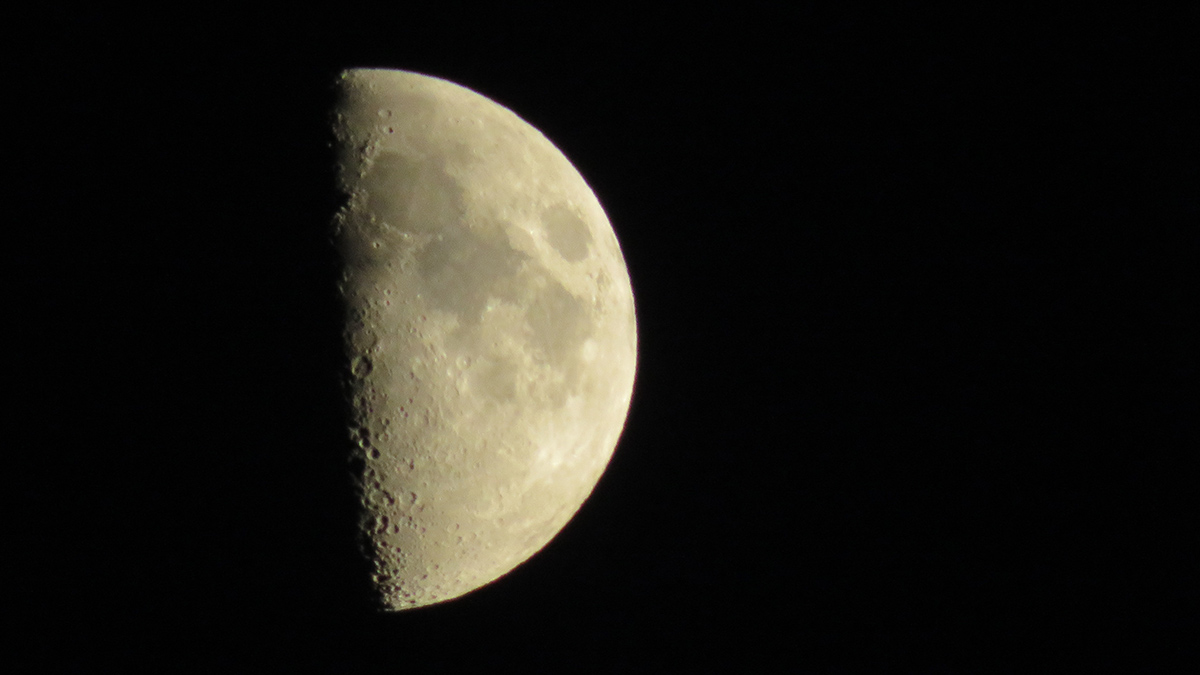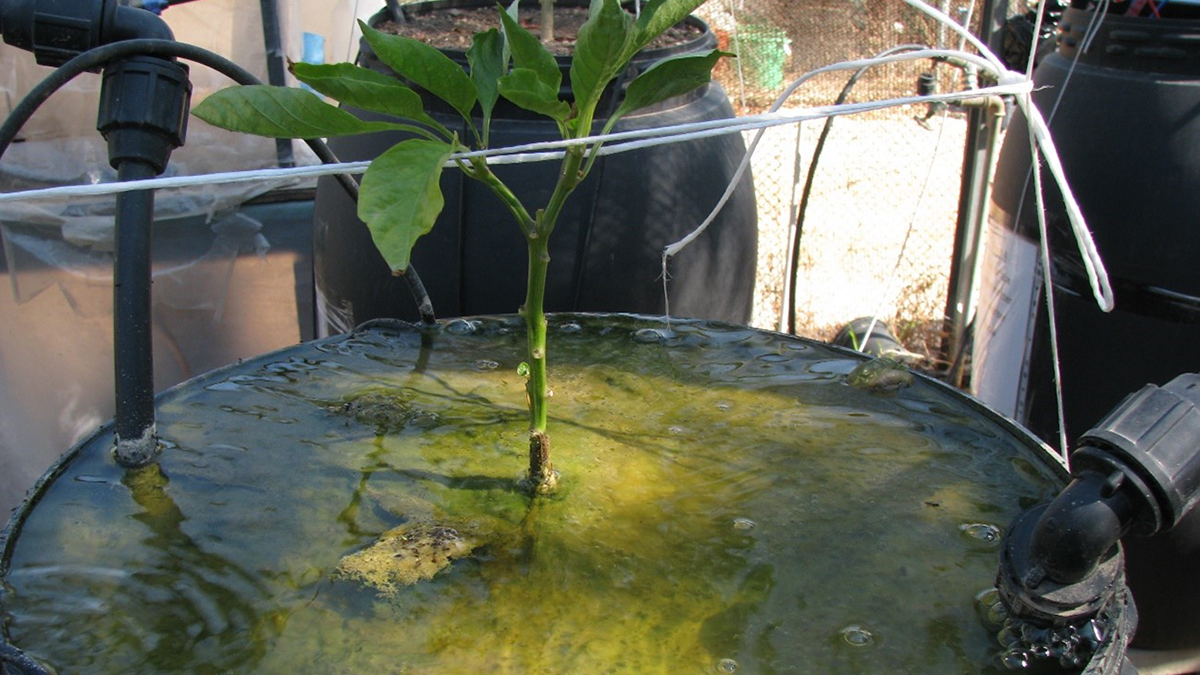High-resolution satellite data reveal unexpected, highly heterogeneous vertical motions in the clear-sky atmosphere, with a new method proposed for measuring these motions.
gravity
The Moon’s Mantle Did a Flip—and Scientists May Now Have Evidence
For decades, a lunar whodunit has puzzled scientists: Did the Moon’s internal layers flip during its formation? Old data might hold the evidence to solve this cold case.
A Strong Pacific Plate Bends Under the Hawaiian Volcanic Chain
Two seismic studies reveal the volcanic loads and resulting flexure of the Pacific plate at the Hawaiian Ridge and, surprisingly, show no magmatic underplating.
Giant Planets May Be “Agents of Chaos”
Two studies suggest that some giants could make it difficult or even impossible for terrestrial planets to remain in a star’s habitable zone.
Astronomers May Have Spotted the Birth of a Planet
Lumps of dust are spiraling around a young star 5,000 light-years away. They could be Jupiter-like planets in the making.
Visualizing the Deep Insides of Planets and Moons
A novel method uses gravity data to determine where density anomalies lie inside planetary bodies.
Air Flow Dynamics in Wet Soils: Challenges and Knowledge Gaps
Modeling air flow in wet porous media relies on quantifying the combined role of fluid and media properties and flow dynamics on the microscale displacement mechanisms and macroscale unstable flow.
Nearby Volcano Planet Likely Fueled by Tidal Heating
A gravitational dance between a newly discovered exoplanet and its host star may be driving extreme volcanism on its surface.
Wind Shear Instabilities Emit Gravity Waves
A new study shows that atmospheric gravity waves can be generated by the Kelvin-Helmholtz instabilities in the wind shear layer.
Quaoar’s Ring Defies Gravity
The dwarf planet’s ring makes astronomers question whether a long-held theory about ring and moon formation needs tweaking.










